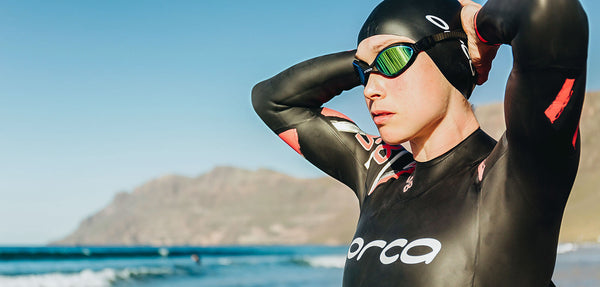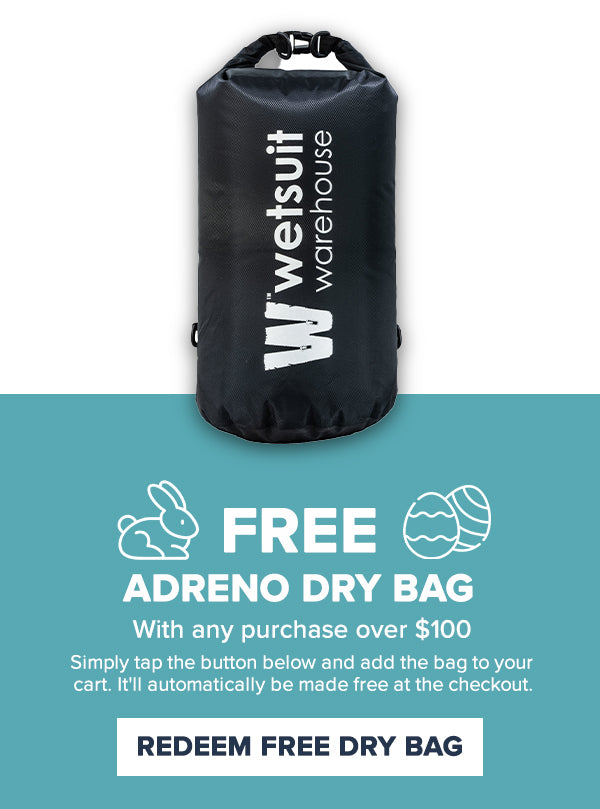Triathlon Wetsuit FAQ

Shop our Triathlon Wetsuits Here
Triathlon wetsuits differ from surfing and diving wetsuits in that the physical demands of a triathlete are substantially higher than that of a surfer or diver. Tri wetsuits are built not just to keep you warm but also to assist with buoyancy, reduce drag, and provide specialised panelling that modulates your streamline for better performance. Below is a series of FAQs we frequently receive at Wetsuit Warehouse.
1. Which wetsuits are best for triathletes?
A wetsuit is the most important piece of kit for open water events, after your bike. Triathletes require wetsuits that are highly flexible and provide a comfortable fit, unlike standard surfing, diving, or water skiing wetsuits, which may not offer enough flexibility for long-distance swimming.
2. Can you hire triathlete suits?
Yes, some events offer wetsuit hire services, ideal for one-off participants. However, if you participate in multiple events, it's better to purchase your own triathlete wetsuit for the best fit and long-term use.
3. Are there any regulations for triathlete wetsuits?
Triathlete wetsuit regulations usually apply only to open water events, not pool competitions. Common rules include:
- Swims shorter than 2000m in water warmer than 21°C do not permit wetsuits.
- Swims longer than 3000m in temperatures warmer than 23°C do not permit wetsuits.
Wetsuits are also limited to a maximum thickness of 5mm.
4. Can I use boots and gloves with triathlete wetsuits?
While you can train with boots and gloves, most competitions do not permit these accessories.
5. How do I choose the right triathlete wetsuit for me?
Consider your kick style: a strong kick may require less leg thickness, while a poor kick or sensitivity to cold may require a thicker suit with thermal lining.
6. Should I opt for a bespoke triathlete wetsuit?
Bespoke wetsuits are available, but for most triathletes, a standard pre-made wetsuit will suffice. If buying bespoke, ensure accurate measurements to avoid fit issues.
7. What is the best way to get my wetsuit on and off quickly?
Transitional times are important in competitions. Avoid petroleum jelly, as it degrades neoprene. Instead, use a small amount of water-based lubricant to ease the process without harming the suit.
8. How do I know if I have the right fit for my triathlete wetsuit?
Your wetsuit should be snug without any baggy areas, especially in the armpits and groin, to prevent water from pooling and sapping your body heat.
9. Do I need to buy a wetsuit designed for my gender?
Triathlete wetsuits are designed for both male and female body shapes. However, the most important factor is comfort and fit, regardless of gender design.
10. What is the best way to put my triathlete wetsuit on?
To prevent damage from fingernails, some wetsuit owners use a plastic bag trick: place a plastic bag over your foot and slide the wetsuit on, then repeat for the other leg and arms. This helps reduce friction and protect the neoprene.


